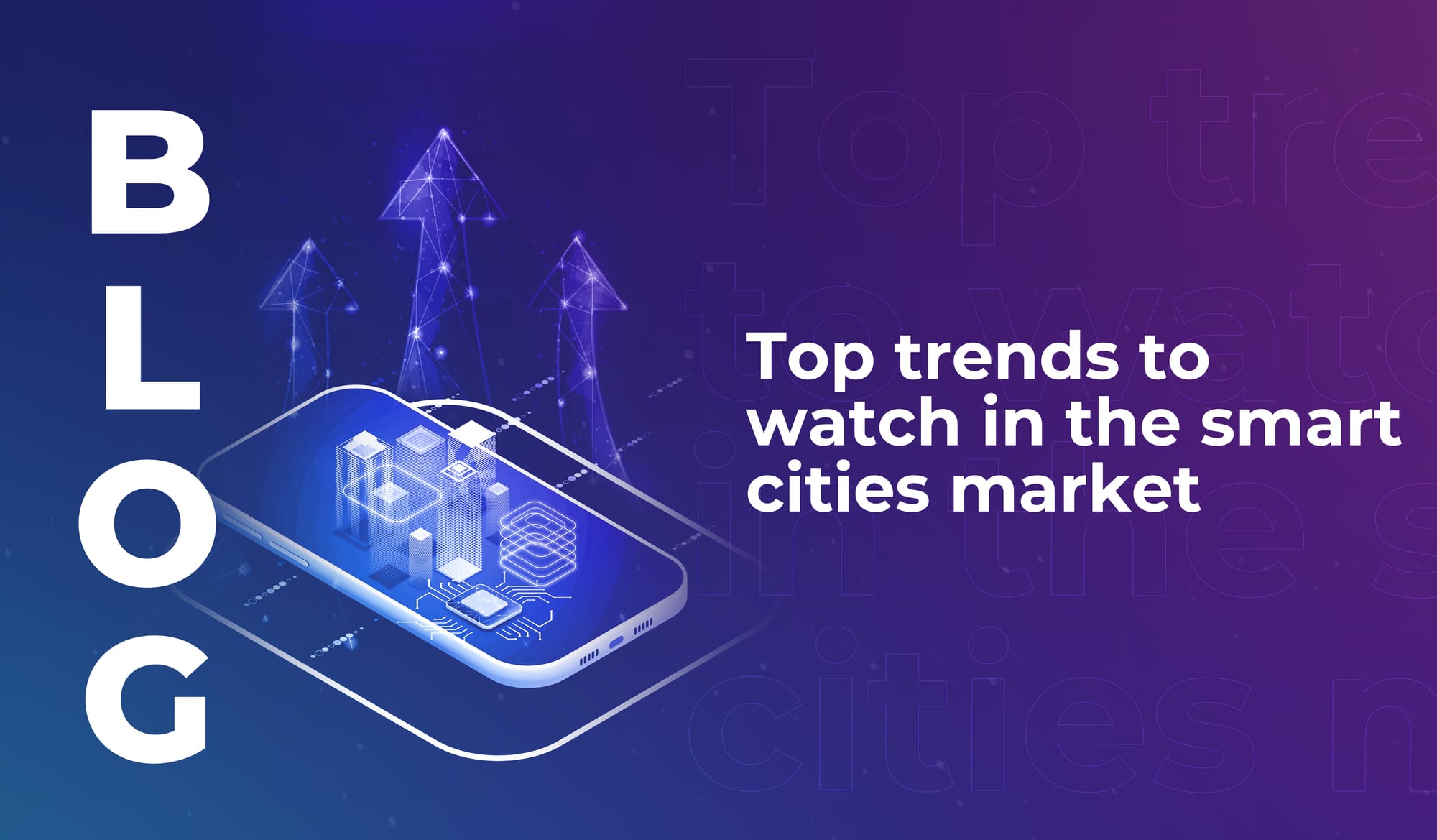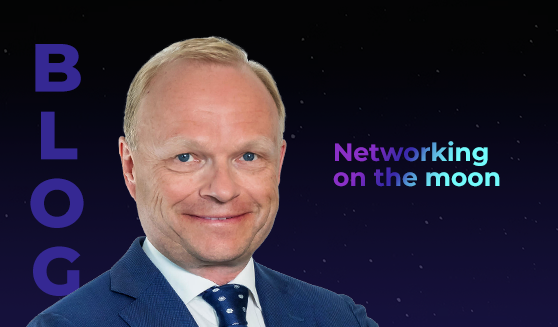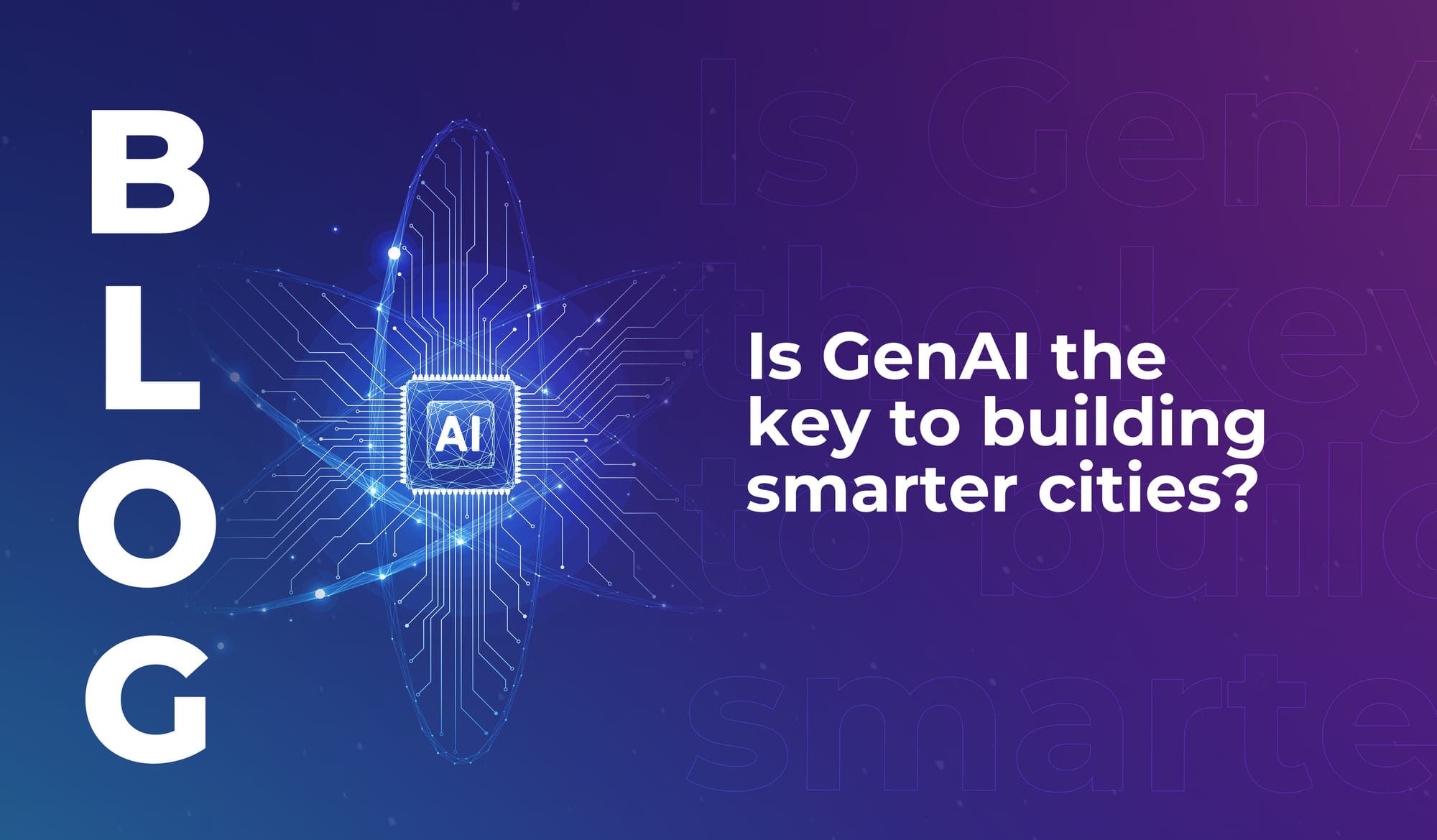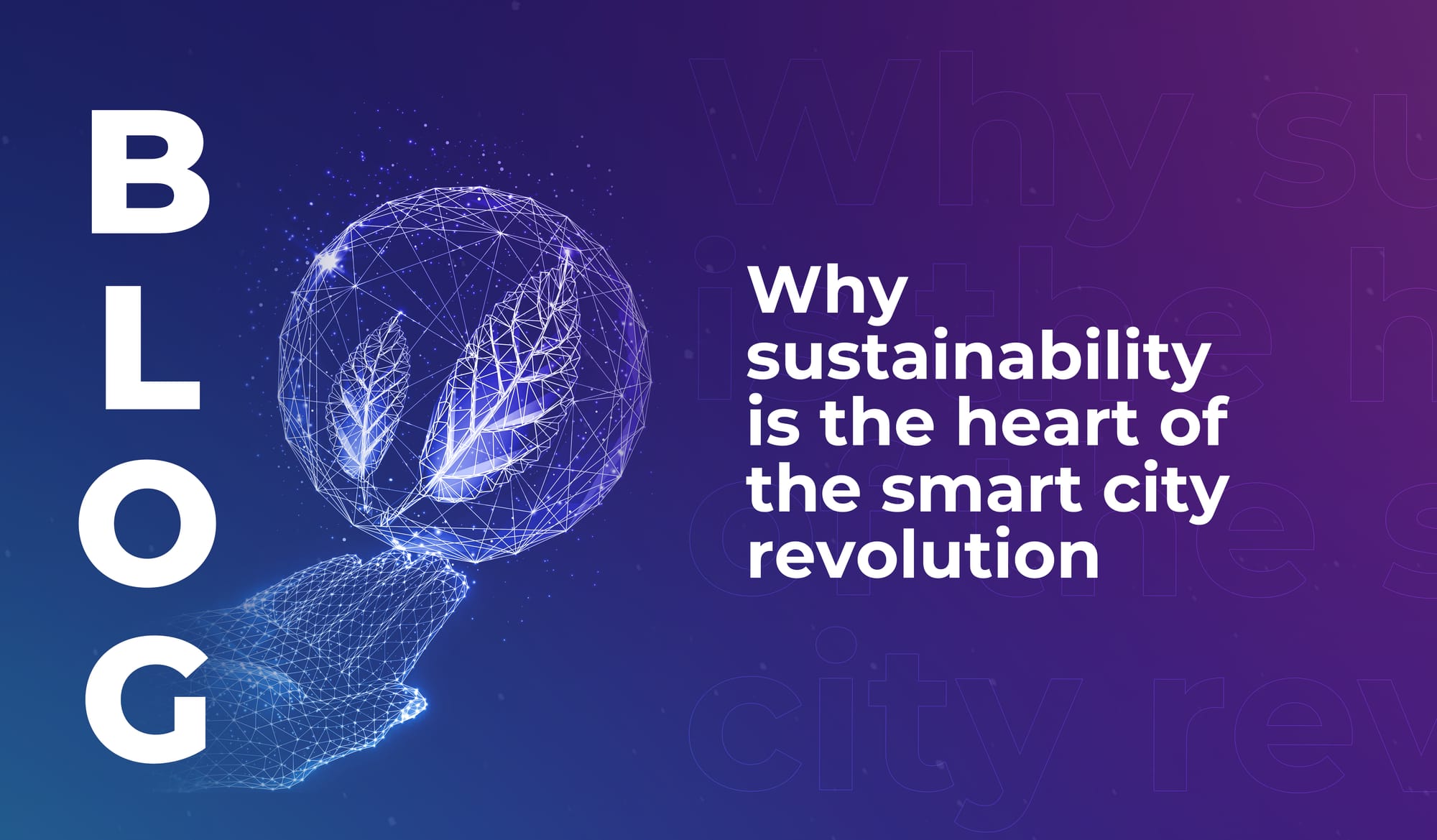
Top trends to watch in the smart cities market
Explore key smart city market trends for 2025–2030, from EV infrastructure to AI-powered waste systems – backed by the latest industry report.


Telecoms is an industry that edges forwards – building better, faster connectivity one step at time. But according to Pekka Lundmark (President and CEO at Nokia), connectivity in 2023 is all about blank canvases. And one of those canvases is the Moon.
NASA runs a program called Tipping Point, which drives collaborative partnerships that will enable the development of new and better space technologies. The program launched in 2015, and since then it has awarded over half a billion US dollars to help bring technologies to market. Many of the collaborations focus on the commercial space sector, to bridge the gap between commercial developments and NASA’s strategic goals.
But now, Tipping Point has embarked on a project with Nokia – to bring networking capabilities to the surface of the Moon.
Funded by the NASA Tipping Point program, Nokia will create connectivity on the Moon by deploying a LTE/4G communications system on the lunar surface. The first mission aims to enable connectivity between two NASA assets for 12 days – but if it works, it could be a huge leap towards putting humans on the Moon long-term.
“Later this year,” Lundmark explained at LEAP 2023, “a NASA mission will land on a ridge near the Shackleton crater at the lunar south pole.”
“The rim of the Shackleton crater is almost constantly in sunlight. But the crater floor is in perpetual shadow, with some estimates putting the temperature at approximately minus 183 degrees C. The temperature makes it very inhospitable, but it also means that if water and ice exist anywhere on the Moon, it’s right there. And if there is water, suddenly things get really interesting.”
The mission, NASA Artemis 1, will be the first in a series of missions that aim to build a long-term human presence on the Moon. It will put a number of assets on the Moon, including a landing module and a rover.
“Nokia’s network will allow these two assets to talk to each other for 12 days. In that time the connection will allow mission operators to pilot the rover remotely, while streaming real-time video and critical information back to mission control on Earth.”
“The mission will show that cellular technologies can meet the critical communication needs for future space exploration,” said Lundmark.
Nokia is taking some components from existing networks, but engineering network elements so they can withstand the Moon’s harsh conditions. The network will have the capability to deploy, configure, and operate itself autonomously – and it’ll be remotely monitored and controlled from Intuitive Machines mission control on Earth.
This collaboration isn’t the only communications system NASA is working on.
A 2022 article published by the Institute of Electrical and Electronics Engineers (IEEE) explored ambitious plans to ‘give the moon decent wireless coverage’ using a satellite constellation called Andromeda, in development as part of a collaboration between NASA’s Jet Propulsion Laboratory (JPL) and Italian aerospace company Argotec.
The proposed constellation will consist of 24 relay satellites using 4 orbits, with 6 satellites per orbit – to provide continuous satellite coverage to the Moon’s poles (and across most of the surface of the Moon) which would enable reliable connections to Earth and connections between different on-Moon assets.
The future of how we stay connected on the Moon – and elsewhere in space – is still unclear. But as partnerships emerge to paint new possibilities on that blank canvas, we’re getting closer to sustainable, reliable space communications.

Explore key smart city market trends for 2025–2030, from EV infrastructure to AI-powered waste systems – backed by the latest industry report.

Learn how generative AI is unlocking the true potential of digital twins – to make smart cities more efficient, inclusive, and citizen-focused.

The smart cities of the future will use tech to lower emissions, cut urban temperatures, and improve quality of life in highly populated areas.

Explore key smart city market trends for 2025–2030, from EV infrastructure to AI-powered waste systems – backed by the latest industry report.

Learn how generative AI is unlocking the true potential of digital twins – to make smart cities more efficient, inclusive, and citizen-focused.

The smart cities of the future will use tech to lower emissions, cut urban temperatures, and improve quality of life in highly populated areas.